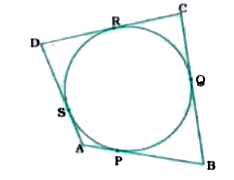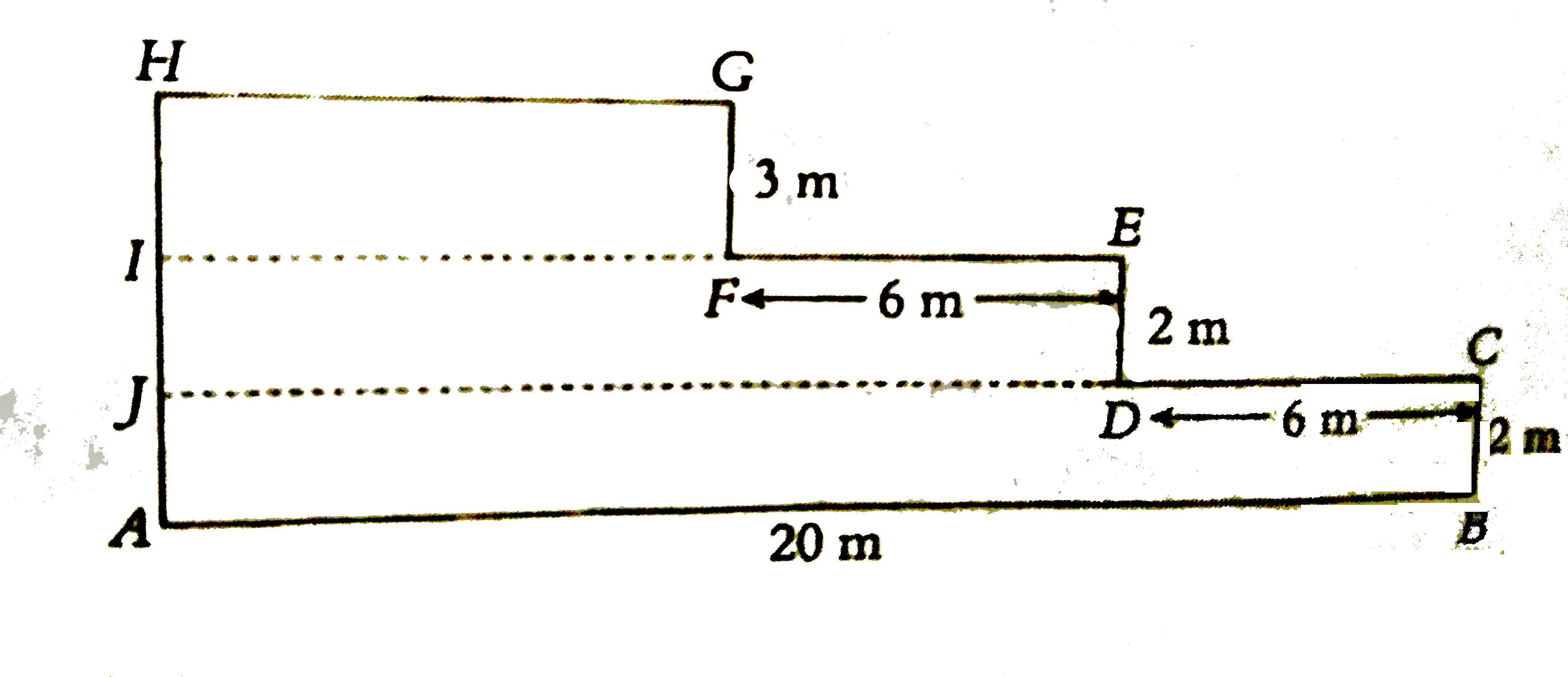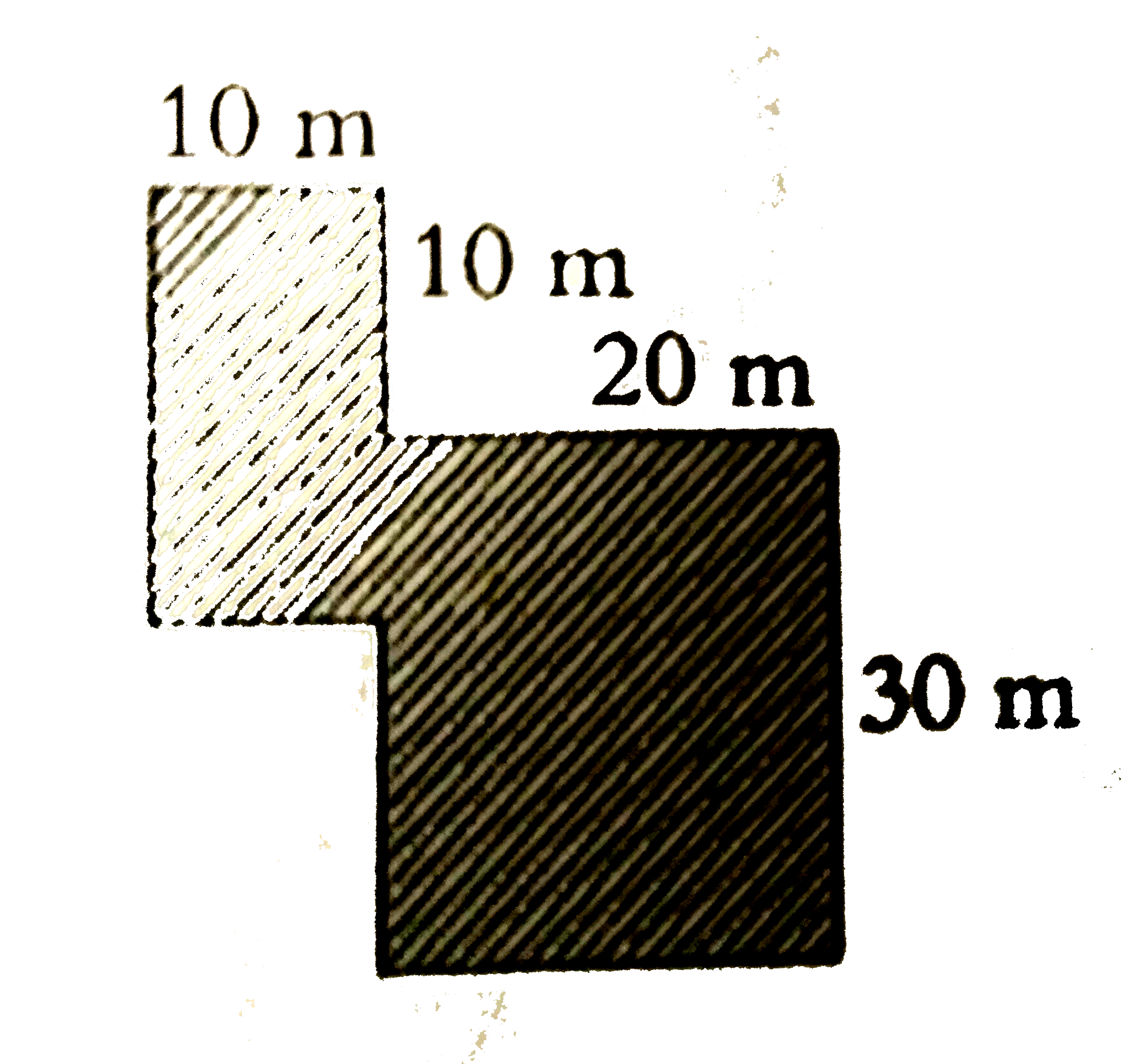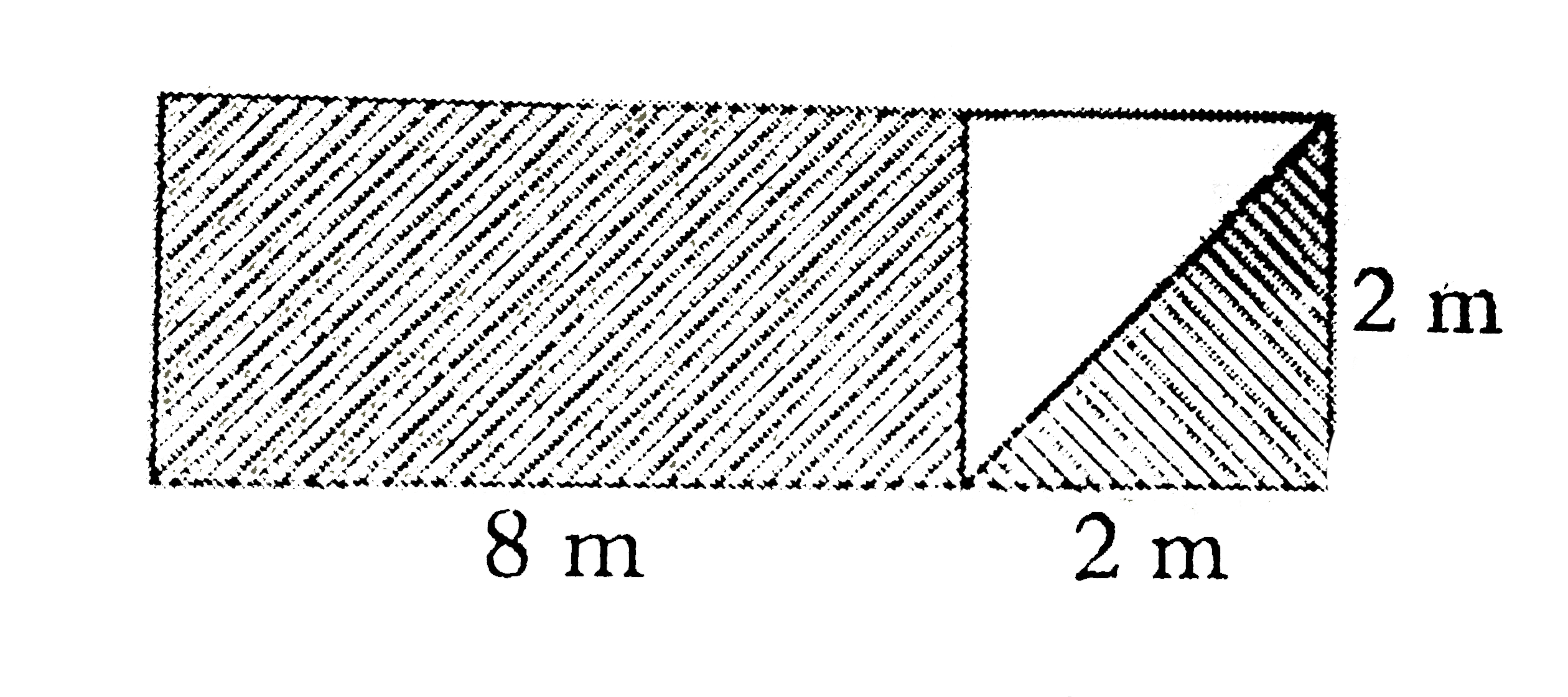A quadrilateral ABCD is drawn to circumscribe a circle (see the given figure). Prove that AB+CD = AD+BC.
 Solution in Gujrati
Solution in Gujrati
The correct Answer is:AB+CD=AD+BC
Step by step video, text & image solution for A quadrilateral ABCD is drawn to circumscribe a circle (see the given figure). Prove that AB+CD = AD+BC. by Maths experts to help you in doubts & scoring excellent marks in Class 10 exams.
Topper's Solved these Questions
- BOOK - KUMAR PRAKASHANCHAPTER - CIRCLEEXERCISE - Objective Questions (Fill in the blanks)5videos
CIRCLE
- BOOK - KUMAR PRAKASHANCHAPTER - CIRCLEEXERCISE - Objective Questions10videos
CIRCLE
- BOOK - KUMAR PRAKASHANCHAPTER - CIRCLEEXERCISE - Exercise 10.17videos
CIRCLE
- BOOK - KUMAR PRAKASHANCHAPTER - ARITHMETIC PROGRESSIONEXERCISE - OBJECTIVE QUESTIONS1videos
ARITHMETIC PROGRESSION
- BOOK - KUMAR PRAKASHANCHAPTER - CONSTRUCTIONS EXERCISE - OBJECTIVE QUESTIONS25videos
CONSTRUCTIONS
Similar Questions
From a point Q. the lent of tangent to a circle is 24cm and the distance of Q from the centre is 25cm. The radius of the circle is……..
03:26View SolutionPQ is tangent drawn from point P to a circle with centre O and QR is a diameter of the circle, such that ∠POR=120∘. Then, ∠OPQ=……...
02:11View SolutionHow many tangent can a circle have ?
01:31View SolutionAnswer each question by selecting the proper alternative from those given below each question so as to make each statement true :
If the common difference of an AP is 5. then value of ,a18−a13 is .....02:46View SolutionTo draw a pair of tangents to a circle which are inclined to each other at an angle of 35°, it is required to draw tangents at the end points of two radii which are inclined to each other at an angle of ..........
02:45View SolutionIn the given figure (not to scale), O is the centre of the circle. A,B,C and D are concyclic and AB=CD . If /_MON =120^(@) , then find /_ OPN .
02:17View SolutionDetermine the point of symmetry of a regular hexagon.
05:41View SolutionDtermine the images of the following figure about the given line :
03:28View SolutionIn the figure above (not to scale), ¯¯¯¯¯¯AB⊥¯¯¯¯¯¯CDandAD is the bisector of ∠BAE.AB=3cm and AC=5cm. Find CD.
02:31View SolutionMatch the following Column A to Column B
 02:21View Solution
02:21View SolutionMatch the following Column A to Column B
 02:03View Solution
02:03View SolutionMatch the following Column A to Column B
 02:10View Solution
02:10View SolutionFind the area of figure given below.
 02:17View Solution
02:17View SolutionFind the perimeter of the figure given below.
 02:10View Solution
02:10View SolutionFind the area of the figure given below.
 04:23View Solution
04:23View SolutionThe area of the shaded part in the figure given below is ______.
 01:13View Solution
01:13View Solution

